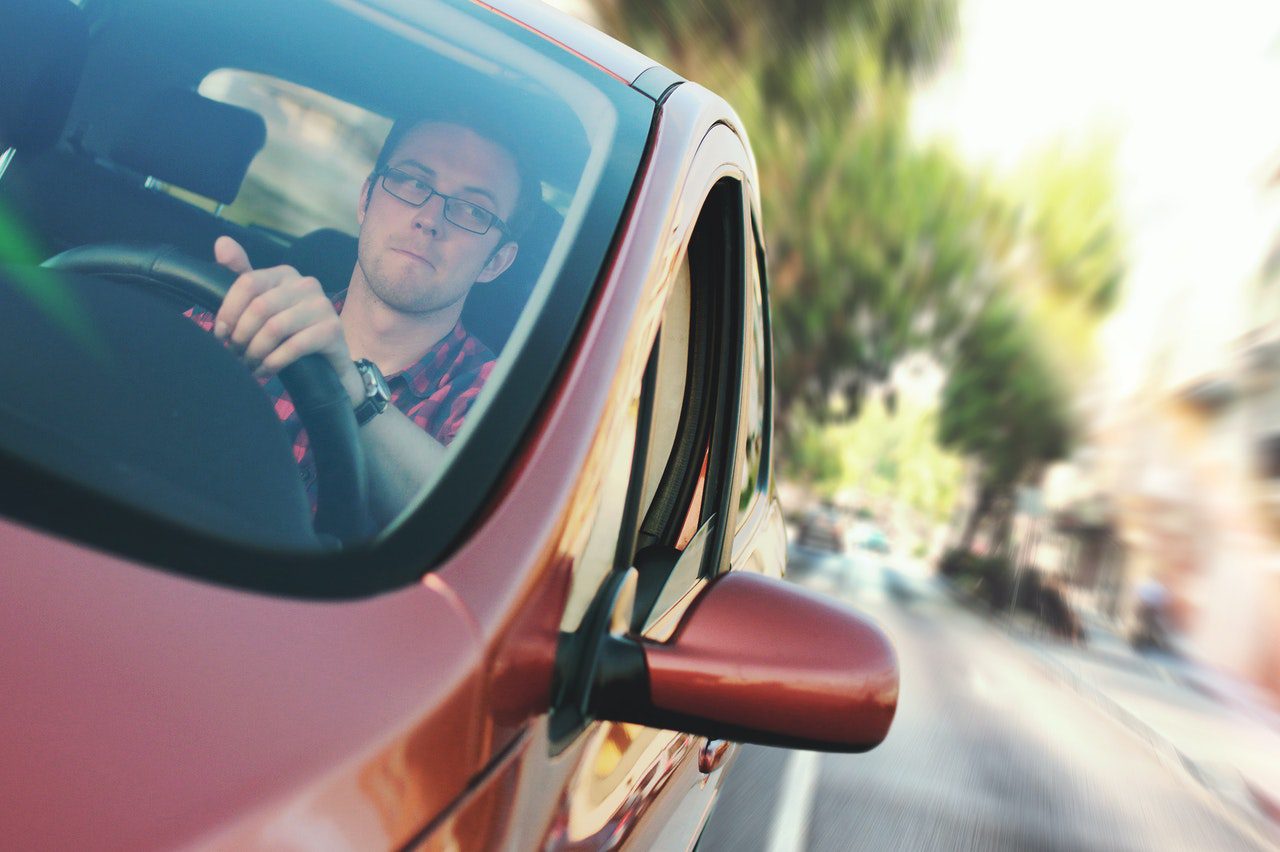Did you know your chances of getting in a car accident during a 1,000-mile trip are 1 in 366? Those are not good odds.
Of course, there’s a lot you can do to limit the impact of a car crash, like wearing a seat belt and consulting an experienced auto accident attorney.
But it’s best to avoid getting into a car accident at all. So here are 10 practices you should adopt to limit your odds of getting into an accident:
1. Never drink and drive
First of all, never drink and drive. It’s illegal and could get you arrested for driving under the influence (DUI). You’ll likely spend time in jail, get your license suspended, and pay a hefty fine.
The punishment is so severe because the likelihood of causing a crash when drunk increases exponentially. So don’t risk it. Get a designated driver or take public transit, a taxi, or even a rideshare like Uber or Lyft.
2. Eliminate distractions
Next, eliminate distractions. Distracted driving is the number one cause of car accidents. In 2020, 3,142 people died from distraction-related crashes, an increase of 1% from the previous year.
Driving distractions fall into three main categories:
- Manual distractions—anything that involves using your hands, like eating, drinking, doing makeup, and using your phone to text or call.
- Visual distractions—anything that takes your eyes off the road like a TV screen or a billboard.
- Cognitive distractions—anything that takes your mind away from driving like conversations with other passengers.
About a quarter of all car crashes are related to cell phone use. In fact, the percent of drivers manipulating handheld devices while driving increased 1,300% from 2005 to 2020. So don’t become another statistic. Give driving 100% of your attention.
3. Don’t drive when you’re tired
It’s easy to get tired while driving. After all, we live in a 24/7 society where we’re constantly on the go and getting enough sleep is difficult.
But drowsy driving is extremely dangerous. It lowers your reaction time and increases the chances of you falling asleep at the wheel. This is why in 2017, 50,000 people were injured and nearly 800 people died in crashes that involved drowsy driving.
So, if you find yourself getting tired at the wheel, pull off to the side of the road to take a quick power nap. Or ask someone else to drive. Don’t put your life at even more risk.
4. Limit night driving
You should also limit how much you drive at night. This is because it’s more difficult to see at night when it’s dark, you tend to be more tired, and there’s a greater chance of running into drunk drivers. In fact, the risk of a fatal accident is three times higher at night than during the day.
If you must drive at night, be sure to turn on your headlights and use your high beams when there aren’t any other cars around. Also, watch out for crossing animals like deer, especially in rural areas.
5. Avoid driving in bad weather
Another time to avoid driving is when the weather is bad. Rain, snow, hail, and fog can all make it harder to see while driving. And any precipitation will make the roads more slick.
If you can’t avoid poor weather, drive more slowly, use your windshield wipers, defrost your windows, and turn your headlights on to help other drivers see you better.
6. Watch your speed
According to the National Highway Traffic Safety Administration (NHTA), 9,478 people died in 2019 due to speeding-related accidents. This means they all could have been avoided by simply driving slower.
So, make sure you’re always keeping the speed limit – it’s the law, after all. Not only does it increase your reaction time and save you from a potential accident but it eliminates your chance of getting an expensive ticket.
And when you’re on the freeway, stay in the furthest lane to the right whenever you’re not passing. This will help you avoid other speeding drivers.
7. Don’t tailgate
Tailgating refers to when you follow too closely behind another vehicle. Avoid doing it wherever possible so you give yourself enough space and time to react if the driver in front of you were to slam on the brakes.
As a rule of thumb, you should aim for being 3 seconds behind the car in front of you at all times. Pick an object ahead of you in line with the car in front and count to 3. If you pass the object before getting to 3, you’re probably too close.
8. Drive with both hands on the wheel
Though it might feel more relaxed to have only one hand on the steering wheel, keep both hands on the wheel as much as possible. This gives you more control over your steering, especially if you have to react to a sudden change quickly.
9. Use your turn signals properly
Turn signals tell drivers behind you that you plan to turn or change lanes and which direction you will go. This lets them know to not pass or to slow down, which could prevent an accident.
So always use your turn signals a few seconds in advance, even if no other cars are around. It’s always better to err on the safe side than to regret it later.
10. Drive defensively
Lastly, never assume how others will drive. Yes, you should hope other drivers follow traffic laws, but stay conscious and don’t trust that they will. This means looking both ways before turning in an intersection even if you have right of way. Or driving slowly to give yourself more reaction time. In short, it means driving defensively.
Endnote
Driving is inherently dangerous. Your life, your passengers’ lives, and the lives of other drivers are always at risk.
But if you follow the safety practices listed above, you’ll dramatically lower your chances of getting into a car wreck. So drive defensively and take precautions wherever you can.



































